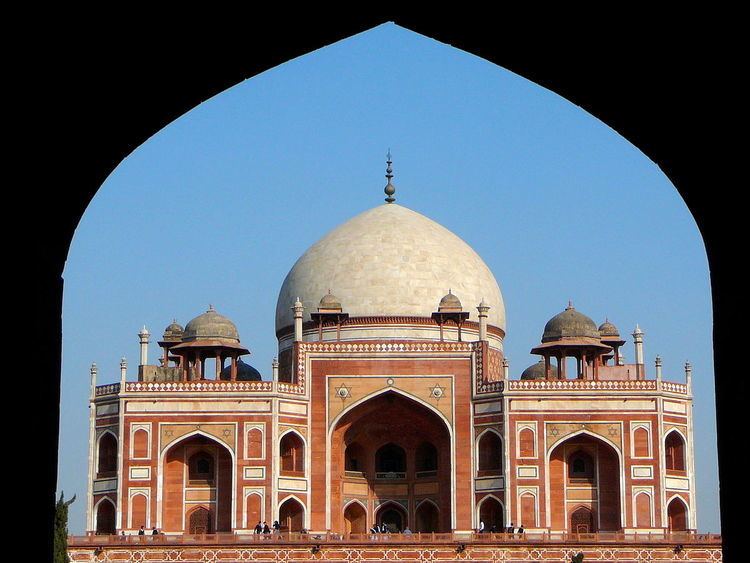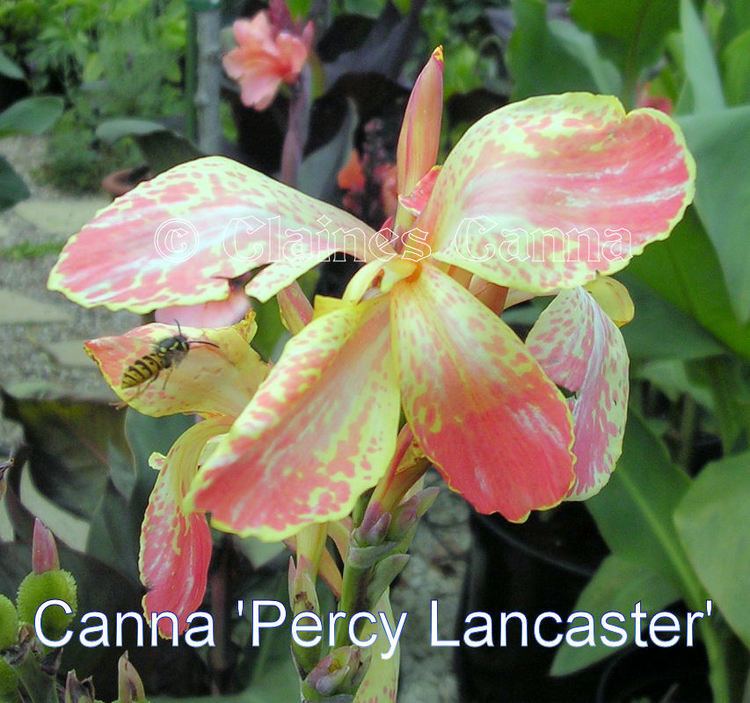Name Sydney Percy-Lancaster | Died 1972 | |
 | ||
Sydney Percy-Lancaster, F.L.S., F.R.H.S., M.R.A.S. was born on 19 July 1886 at Meerut, India. His father, Percy Lancaster, was a banker and a talented amateur gardener, who went on to become the Secretary of the Agri Horticultural Society of India in Calcutta, India.
Contents

Career

In 1902 Sydney Percy-Lancaster was apprenticed to the Agri-Horticultural Society and on his father's death in 1904, he was appointed an Assistant. He continued collecting and hybridising the Alipore Canna Collection, started by his father in 1892, they were the most popular garden plant in India at that time. It was said that every Canna cultivar growing in India had been derived from the Agri-Horticultural Society, where the collection was domiciled.
In 1910, he became an Assistant Secretary and then the Secretary in 1914 until his retirement in October 1953, after a long service to the society and to Indian horticulture as a whole. Unlike most of his countrymen who packed up and return to England in 1947, upon the independence of India from the British Empire, Percy-Lancaster stayed on and made India his home. In 1947, he was the last Englishman to hold the post of Superintendent of Horticultural Operations, Government of India.
In November 1953, he joined the National Botanic Gardens at Lucknow as Senior Technical Assistant because of his early life's association with Sikandar Bagh. He wished to spend the remainder of his life at Lucknow where the gardening traditions of his family began. He served the National Botanic Gardens of India until January 1959 when his son, Alick Percy-Lancaster pressed him to join the family at Salisbury (Southern Rhodesia), taking with him the family's Alipore Canna Collection for enjoyment in retirement. In November 1961, after his wife's death in 1960 and Alick's death in 1961, he returned to the National Botanic Gardens, where he spent the last of his years.
Horticultural achievements
During the work of about half a century in Calcutta, Mr. Percy-Lancaster introduced many new plants from abroad. He had a particular fascination for hybridization work and many plants found in Indian gardens owe their origin to him. A complete list of the hybrids is catalogued in the records of the Agri-Horticultural Society of India. He watched for worthwhile spontaneous mutations. He discovered many interesting mutants in: Acalypha, Canna, Codiaceum, Hibiscus, Malvaniscus, Panax and Sansevieria.
Percy-Lancaster also laid out the Sunder Nursery in Delhi, with Humayun's Tomb as its backdrop. Apart from seeds and saplings, the nursery delivered flowers and fresh fruits and vegetables, on order. As soon as Lutyens and Baker designed plans for the city of New Delhi with broad roads and avenues, he was commissioned to set up a nursery and select trees to be grown at their sides. He did this, by planting 15,000 trees and 150 miles of hedges.
He was responsible for laying out the garden around Mahatma Gandhi's samadhi in Rajghat and for planting 5,500 trees in the new refugee colonies of Rajindra Nagar Lajpat Nagar and Patel Nagar. He provided the greenery at the National Stadium for the first Asian Games and the cricket pitch for the first official MCC cricket match in India. In the National Botanic Gardens at Lucknow, he had an opportunity to utilize his knowledge in horticulture for public use. He helped to beautify many parts of the garden, in particular the conservatory with which he has an association as a boy.
Percy-Lancaster had particular fascination for hybridization, and many plants found in Indian gardens originated from his work. His zoned Cosmos called 'Alipore Beauty' renamed 'RatHance' by the famous American seed's man, Bodgers, has been distributed all over the world. There are many Cosmos variations in cultivation, the choicest being the 'Bicolor White Crest'. He has also developed a beautiful pyramidal headed Hollyhock from a presumed cross between Alcea rosea and Malva sylvestris. Repeating his father's cross between Cooperia and Zephyranthes, he obtained a large number of colour variations in the ensuing hybrids named Cooperanthes. These hybrids are far superior in colour and performance to either parent. Cooperanthes has now been merged in Zephyranthes proper. He made a number of crosses at varietal and specific level in genera such as, Amaryllis, Barleria, Bauhinia, Begonia, Bougainvillea, Canna, Cassia, Chrysanthemum, Crinum, Hedychium, Hemerocallis, Hibiscus, Ixora, Lagerstroemia, Petunia, Poinsettia, Rosa, and Tecoma.
Recognitions
In recognition of the service rendered by the Agri-Horticultural Society, King George V permitted to prefix the word 'Royal' to the society's name, but following India's Independence, the Society dropped the royal distinction to reflect that independence.
Published works
He authored and published several books,
